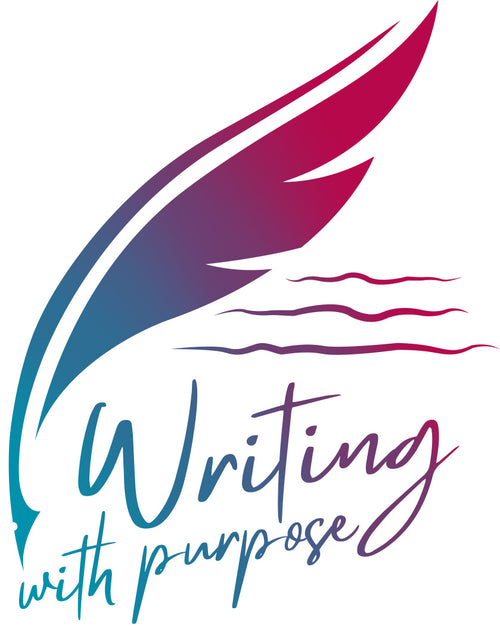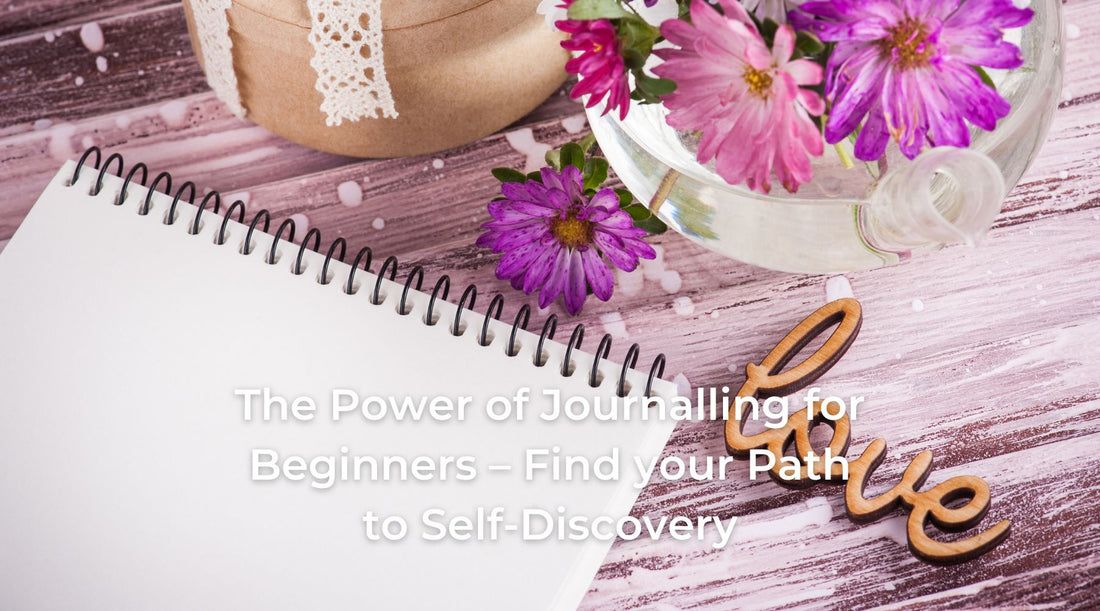Have you ever felt lost in life, unsure of what truly brings you joy or how to move forward? If so, you’re not alone. Many women reach a stage where they feel disconnected from their true selves, burdened by responsibilities and the constant demands of daily life. Journalling is a powerful tool that can help you reconnect with yourself, gain clarity, and rediscover what matters to you.
As a beginner to journalling, it can seem a little daunting to face a blank page. Often, it’s about finding the right ‘doorway’ that opens for you and persisting until something clicks – because it will. So, if you’re new to journalling, read on to learn more about the benefits and try some beginner’s techniques to ease your way in.
Why Journalling Works
Journalling is more than just writing down your thoughts – it’s a structured way to process and regulate emotions, reflect on experiences, and gain new insights. It’s a simple yet profound practice that has been used for centuries as a means of self-exploration and personal growth.
In a nutshell, journalling:
- Helps clarify your thoughts and emotions – When life feels overwhelming, writing things down can bring structure to the chaos in your mind.
- Encourages mindfulness – Journalling allows you to slow down, become present, and notice patterns in your thoughts and behaviours.
- Nurtures self-awareness and growth – The more you journal, the more you understand yourself, your triggers, and your aspirations.
- Fosters creativity – Writing freely can unlock ideas and inspiration that may be buried beneath the surface.
A fulfilling and effective journalling habit starts with awareness. Awareness of the self can lead to a great awareness and understanding of others and the world around us. We don’t know what we don’t know and putting pen to paper helps tease out ways, ideas and solutions to enhance our learning.
How to Start a Journalling Practice
Starting a journalling practice doesn’t have to be complicated or time-consuming. But it will serve you best if you approach it with intention. Here are a few simple steps to get started:
- Choose your medium – Whether it’s a beautiful notebook, a simple journal, or a digital document, find a space where you feel comfortable writing.
- Set aside time – Even five to ten minutes a day can make a difference in how you think, feel and act. Choose a time that works best for you, whether it’s in the morning to set intentions or in the evening to reflect.
- Use prompts as guidance – If you’re unsure where to start, prompts can be incredibly helpful. Asking questions like, ‘What am I grateful for today?’ or ‘What’s one thing I want to improve in my life?’ will encourage your inner knowing to surface. Problem-solving will become easier and you’ll start to feel more in control of daily life.
- Write freely – Don’t worry about grammar, spelling or structure. Allow yourself to write without judgement. You can always go back over your writing and organise it later.
- Reflect and revisit – Over time, rereading your entries can provide incredible insights into your personal growth. You will start to notice patterns and trends and become curious about what is being revealed on your page.
The Next Steps
If you’re new to journalling or have struggled to maintain a habit, trying a few different techniques might be the answer. Journalling is a practice that encourages us to mine our deepest dreams and aspirations to reveal new ways to achieve our goals and desires.
If you’re looking to gain more from a writing for wellbeing practice, my new Journalling for Beginners Course is designed to help you. With structured guidance, prompts, and a supportive community, you’ll develop a practice that enriches your life and helps you navigate life’s challenges with confidence. You can choose from an on-demand PDF and video programme or a daily prompt, reflection and accountability method.
The course will launch in June, so be sure to join the waiting list for when the doors open.

